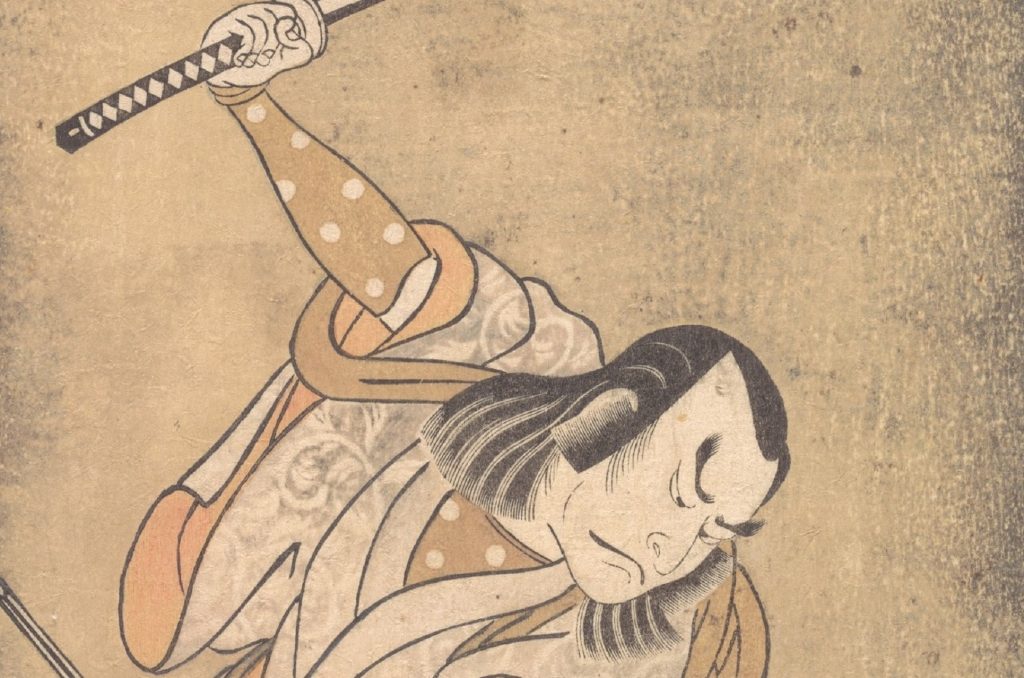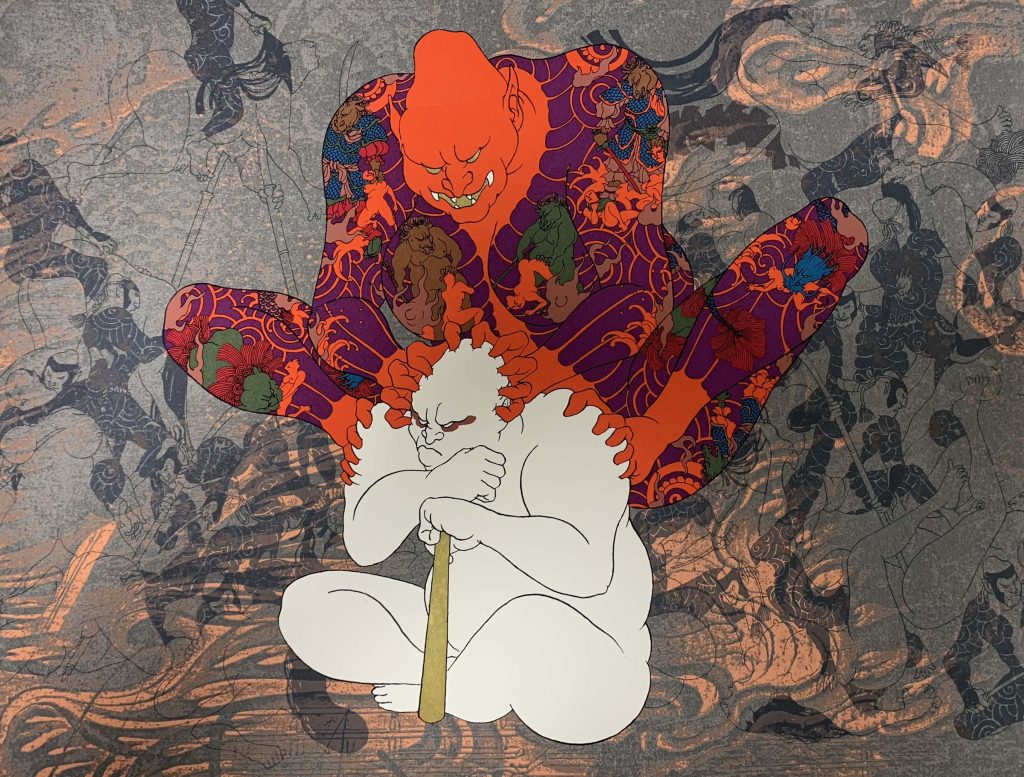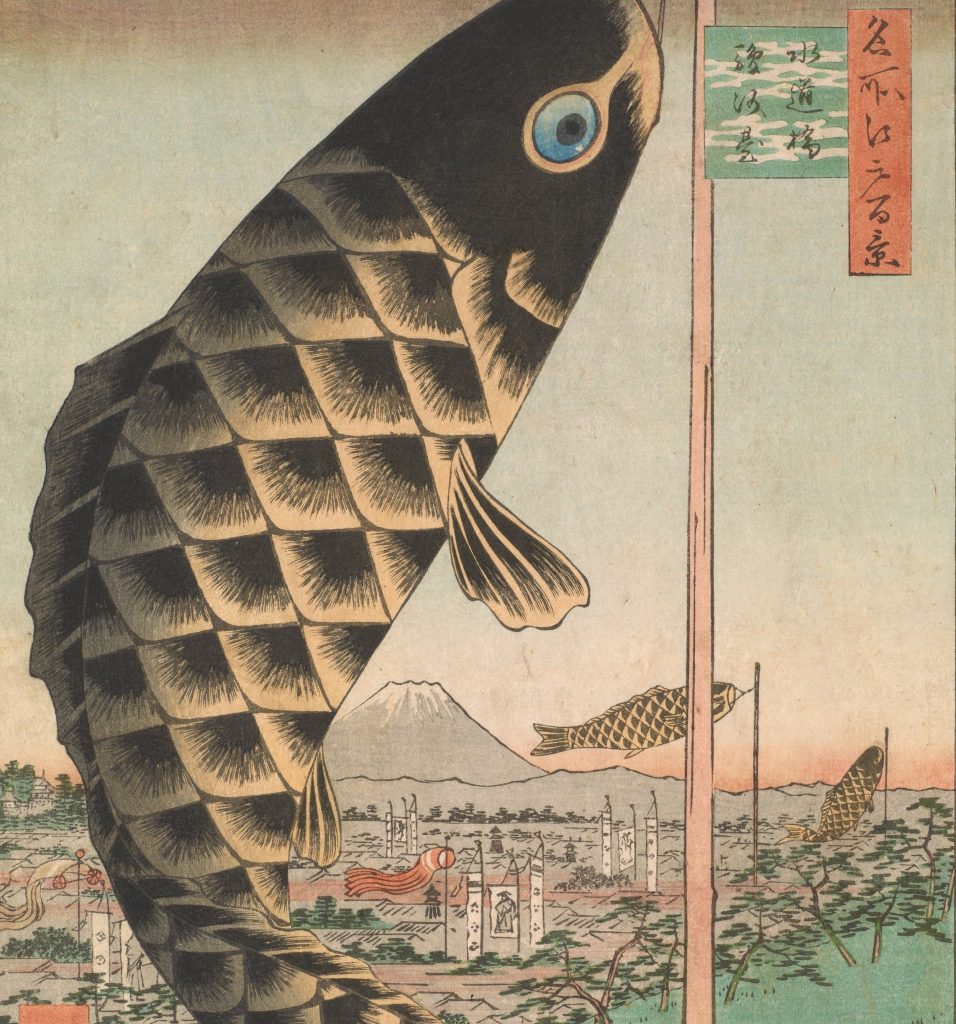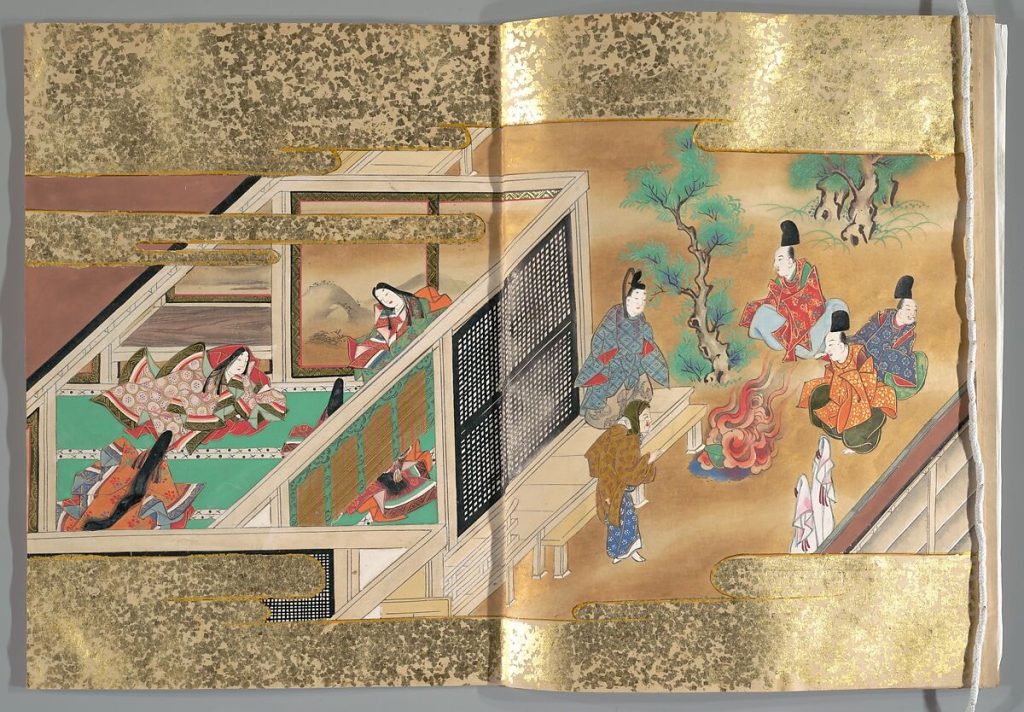The world of the O-oku (the Inner chambers) is one that piques the curiosity of many of us today. It is often depicted in TV dramas and films, and many of us are on the edge of our seats with the love-hate drama and sordid developments that unfold within this world.
This is a special world where all women are brought together for the birth of the Shogun’s successor! You might think that one shogun was doing as he pleased, but there were strict arrangements in place. ……
There were rules about staying in the O-oku
The Honmaru (本丸) Palace of Edo Castle was divided into three sections: the Omote (表; front), Naka-oku (中奥; middle) and O-oku (inner) where the shogun resided. The Omote and Naka-oku were combined, but the Naka-oku and O-oku were strictly separated by a copper wall, and even the Shogun was not allowed to enter them without permission. When the Shogun stayed in the inner chambers, he was obliged to inform the court in advance.
The contact was manned by an otogibozu (御伽坊主, female monk). The only person allowed to travel between the Naka-oku and O-oku of the palace was this female monk.
Between the Naka-oku and O-oku of the palace, there were two ‘Osuzu-roka (御鈴廊下;corridors)’ through which only the Shogun could pass, and it was customary to enter via these corridors. As the attendants were forbidden to men, this procedure was repeated every time they came and went, such as handing over their swords to the lady-in-waiting at the entrance to the corridor. wow…how confusing.
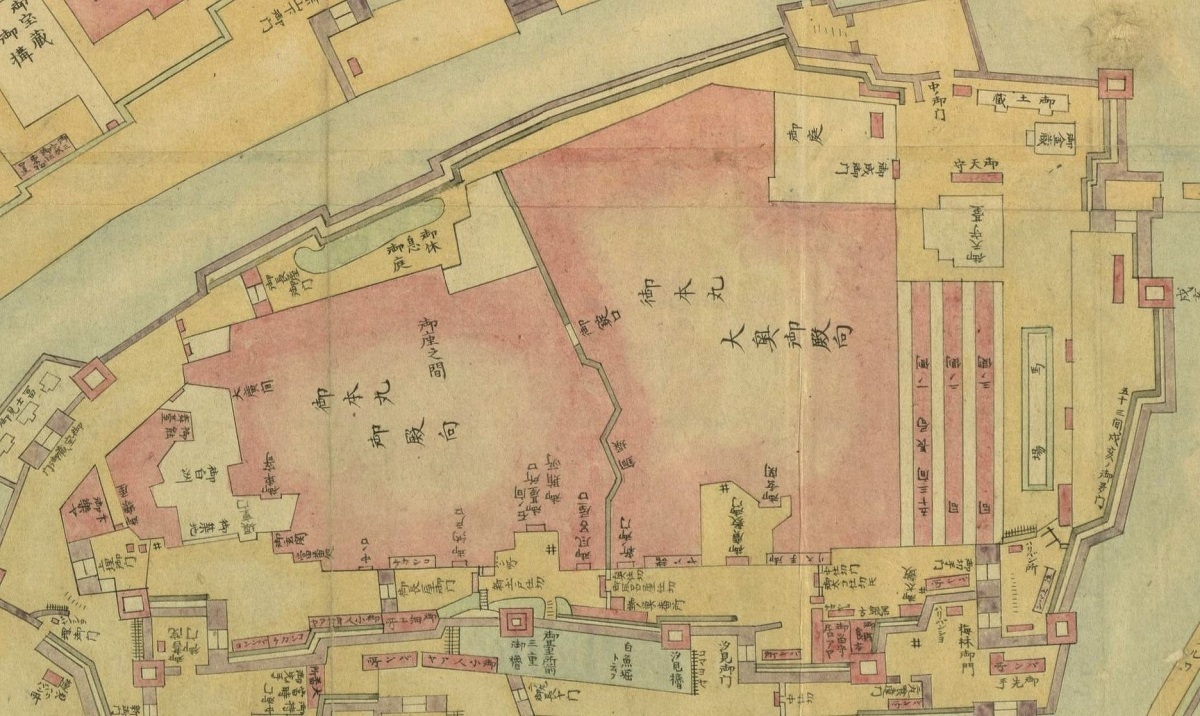
When they finally get into their sleeping quarters, there is a watchman by their side!
After following the formalities, they finally entered the Okozashiki (御小座敷, the sleeping quarters of the shogun in the inner palace, where the night’s activities with the day’s partner would begin. However, in the next room, which was partitioned off by screen, a watchman was said to have been standing by all night, listening in. *1 I can’t believe that the most private moments were kept so transparent!
This watchman also reported the next morning to the Otoshi Yori (御年寄), the highest-ranking official in charge of the O-oku. The Oku-jyochu (奥女中) spent the night with the Shogun as part of their work, not as a romantic relationship. It seems that the purpose of this was to prevent them from for extra allowances in the futon (布団). If they were married to a maidservant*2, they did not have to report to the shogun, but they did have a watchman. So the sex life was controlled for the purpose of procreation. How could they go to such lengths for the survival of the Tokugawa Shogunate? The O-oku must have been a terrifying world.
※2:The Shogun’s legal wife
Reference books: Nihon Daihyakka Zenshu (日本大百科全集), Shogakukan (小学館); Sekai Daihyakka Zenshu (世界大百科全集), Heibonsha (平凡社).
Eye-catcher: ‘Chiyoda no O-oku konrei (千代田之大奥 婚礼)’, Yoshu Chikanobu (揚州周延) (from the Digital Collections of the National Diet Library)
This article is translated from https://intojapanwaraku.com/rock/culture-rock/238608/









